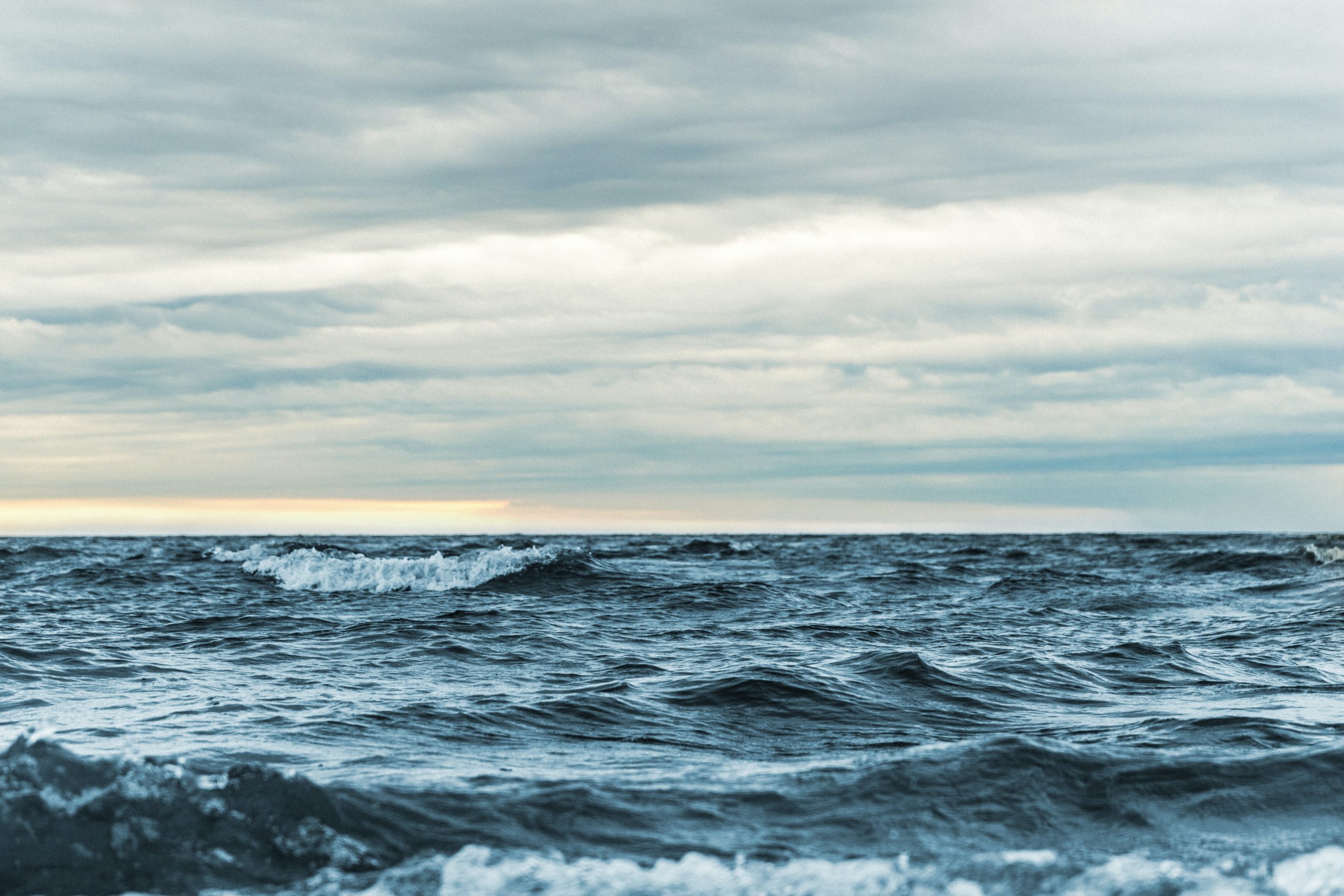
Nothing is more unnerving than not knowing how to handle current events. Today we will visit inlets.
Current Events Analyze Inlet Conditions As You Enter
An inlet can be a piece of cake at one time of the day and very dangerous at another. Many a skipper has been lulled into a false sense of security traveling out to sea through a peaceful inlet, only to return later to a dangerous condition. Prudent seamanship dictates that you closely study the current chart, consult pilot books, and read the “Local Notice to Mariners” before navigating an inlet, just as you would when entering any unfamiliar waters.
As current events go, an inlet may be benign the majority of the time but turn into a raging fury when, say, there are strong wind-against-tide conditions.
Knowing current inlet conditions may include being aware of what’s going on far away. Incoming waves generated by a storm far offshore may not be present when you leave on a sunny morning, but these may reach shore hours later, under those same sunny and windless skies. When the swell from a storm feels the shallow bottom, it begins to hump. When swell tries to funnel into the inlet, particularly against an outgoing current, it can form dangerous standing waves. Standing waves seem to stay in place as the current meets the incoming sea, sometimes tumbling over on themselves.
Learning inlets under good conditions, when seas are down, light is good, and the tide is with the wind is a good practice. Consider going out with a reputable charter captain who runs the inlet every day. The information gained can be well worth the cost. Not all boats behave the same; some can handle inlet conditions better than others. Learn your boat’s behavioral characteristics in different conditions. While all boats are vulnerable if the conditions are poor, I’ve felt most comfortable in well-built and well-handled powerboats, such as sport-fishing boats, because of the maneuvering control provided by the large engines.
Tips For Rough Inlets
Current events running inlets involves on-the-spot decisions, based on what you see and feel, combined with your skills and your knowledge of your boat:
- Get tide-flow schedules for inside the inlet. A raging inlet may calm a short time later when the tide slackens and starts flooding.
- Watch the waves ahead and astern at all times. Have a helper watching for aids to navigation. A sail can help with steadying and power, but also use your engine. If the boat is turned around by the sea or turbulence, a sail can become a liability.
- If you see a large wave about to break on your stern, consider outrunning it or staying just beyond the break. You may have more difficulty doing this aboard a boat with a displacement hull than on one with a well-powered planning hull.
- If you see a large wave mounting up ahead, don’t run over the top; you risk plunging into the trough beyond, burying your bow. You may decide to run up a little onto its back, but remain behind the crest until it crumbles ahead of you, allowing you to power through the turbulence. Even a slow-moving displacement hull can sometimes do this, depending on the wave and your boat speed.